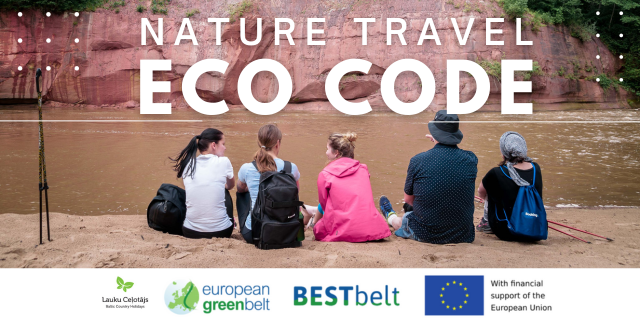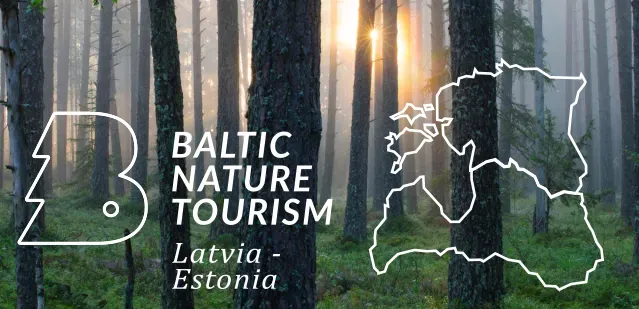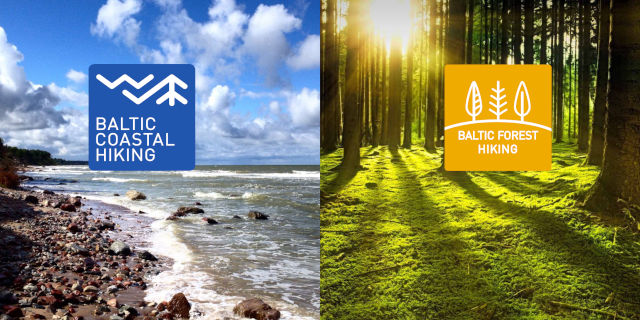Green advice for boaters
Launch your boat from a place where it’s easy to access the water. Try not to erode the shoreline, and please don’t bother people who live along the shore. Don’t ever dump your trash on the shore or in the water – take it along. Once you understand how much refuse you produce, you’ll be more green in your thinking. Never, ever leave anything in the water – no matter what! Pack your mobile phone away during your trip so that it’s not too easy to reach, but remember that it’s your lifeline if you get in trouble. Read fishing rules and make sure that you’re familiar with the rules in the area where you’re boating. Respect restricted areas, if any. Be gentle with any infrastructure that is on the shores of bodies of water – others will go boating after you’re gone. Remember that you can spend the night in a NATURA 2000 territory only in specifically designed places such as tourist accommodations or campsites. If there are no such facilities, stay at a country tourist home. Rent boats if they’re on offer, thus supporting local businesses. If you’re going to take your boat out into the open sea, make sure that you observe all safety requirements – the sea is a whole different story. If there are guides available, use their services.
Things to bring alongHere’s a list of things that you should bring with you when taking a one-day trip on the water or a trip of several days which includes overnight accommodations at tourist facilities: Information
The water tourism guidebook Any available information about the river and tourism or infrastructure objects on and along it Local maps A road atlas (in car) Weather forecasts A provisional plan for your trip Some cash The telephone numbers of rescue services. Hermetically sealed objects
A camera with loaded batteries A mobile telephone with loaded batteries Preferably a GPS system with loaded batteries
Binoculars for bird-watching A miner’s-type helmet with a lamp Your car keys Your driving license, automobile registration and passport (if you are in a border zone). Things for your boat
The boat itself Oars Items to repair the boat if necessary Lifejackets Helmets (in swift water or extreme conditions) Waterproof gloves Long inflatable or neoprene boots Something to sit on Waterproof bags for your things Dry clothes (at least two sets, plus one more back in the car) A big pump to pump water out of the boat A lighter A knife A life ring with a rope (to pull others out of the water). Clothing
Food and drink
A Thermos with a warm beverage; Drinking water (when it is hot outside) Food for one or two meals Health care
If you are also using a bicycle
Of course, if you’re going to be spending the night at a tourist facility or a tent, you will need extra inventory. If you travel in a group, you will have both individual and collective inventory. On group trips, bring along a grill with charcoal so that you can conveniently cook a warm meal for everyone. Safety on the waterBefore setting out on any of the water routes that are identified in this guidebook, read and remember safety rules such as these:
Travelling on a river is risky business no matter what the conditions and what the season. You and only you are responsible for what happens along the route and on the water. That means that you are also responsible for the safety of any juveniles or children who might be in the boat with you.
Think about your skills and your experience, and then select the appropriate river, hydrological conditions and season of the year. On the sea or large lakes, monitor the weather and any environmental signs that might be evident. Stay off the water if it is very windy. A lifejacket is always mandatory, and make sure that you have put yours on in the proper way.
- Wear a helmet on extreme routes.
Make sure that your footwear keeps your feet warm and always dry. Bring several sets of seasonal clothing, and keep it in hermetically sealed bags which are meant specifically for that purpose.
- If there’s an obstacle in the river, and you’re not sure you can make your way around it, get out of the boat on shore and take a careful look at the situation.
- In a swift river, stay away from trees, fallen trees, river banks, outcrops, rocks, dams, low bridges, ruined bridges, ice and other objects as much as you can, because any of them can cause your boat to flip over.
- Never grab on to tree branches, bridges or other objects that are on or above the river. Just ask someone who has tried to do so, and you’ll know why you shouldn’t.
- During spring floods and when you’re on the sea, don’t travel alone. If there are several boats, then people can help one another.
- Pack up your mobile telephone very carefully so that you can summon help if you need it.
- Study your route and the situation that you will face in detail before you set off. Bring a map with you to keep track of where you are.
- Boating and intoxication (whether with alcohol or anything else) are not compatible – intoxication will make a complicated situation even more complex.
- There must always be someone in your group who is familiar with first aid. Bring a first aid kit.
- Pack up some matches or lighters – these can save you from hypothermia and the subsequent consequences.
- When attempting to rescue others, make sure that you are not taking excessive safety risks yourself.
Taking your tripYou may make use of the services which are offered by Country Traveller in terms of organisational aspects of your trip. We will ensure that your boat is delivered to the starting point of your trip, and we offer other services, too. These are listed with each of the route descriptions. The success of the route, however, can also be ensured by you yourself. You’ll need a car, a canoe, a roof rack and ropes to tie everything down. It’s most easy to transport a canoe on the roof of a car, and it takes just a few minutes to fasten it down if you’ve had some practice.
- Other Green advice can see here.
- Our canoing tours can see here.
|





